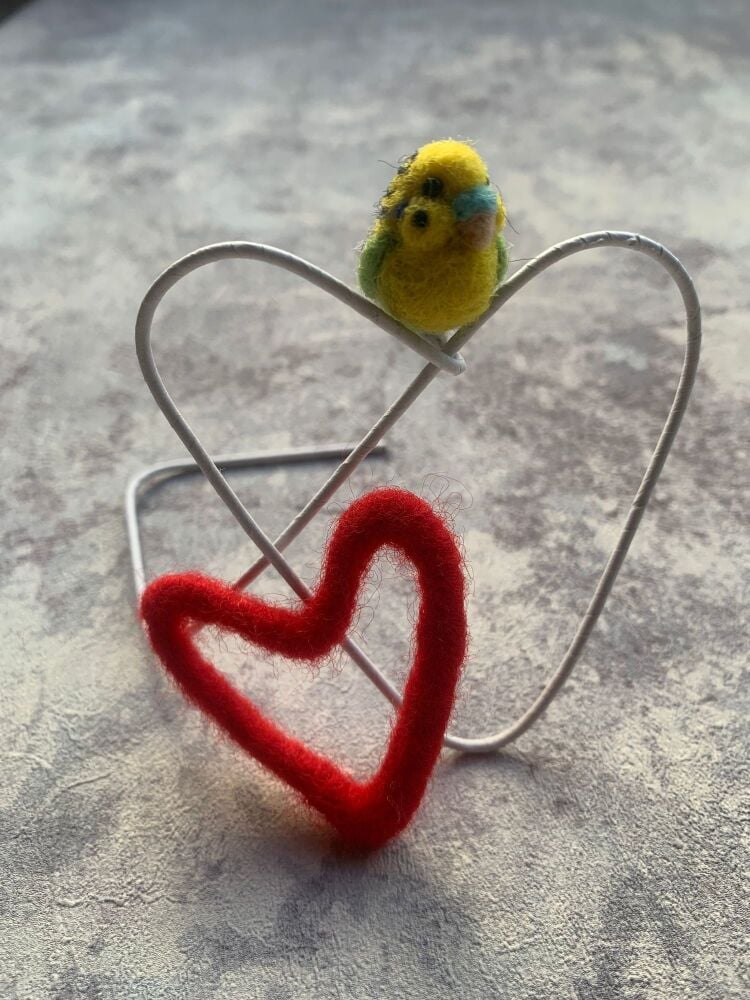From Wire to Wool, How to Wrap Armatures for Felting
Posted on
Wire Wrapping Tutorial for Needle Felted Animals
Once your armature is built, the next step is to wrap it with wool. This process is essential because bare wire is too smooth for fibres to grip, and without a base layer your sculpture can slip or lose shape. Wrapping creates a textured surface that anchors the wool securely, adds bulk where needed, and smooths out joints, so the figure feels cohesive. Think of it as preparing the skeleton with a soft layer before you begin sculpting the body. Core wool or carded sliver works best for wrapping: it’s coarse, springy, and binds tightly to wire.





